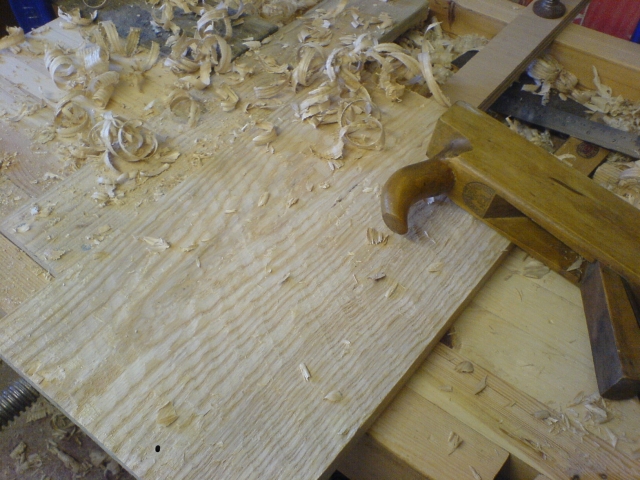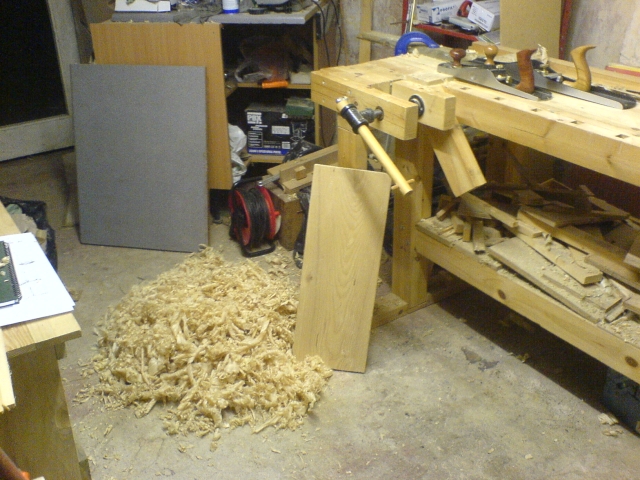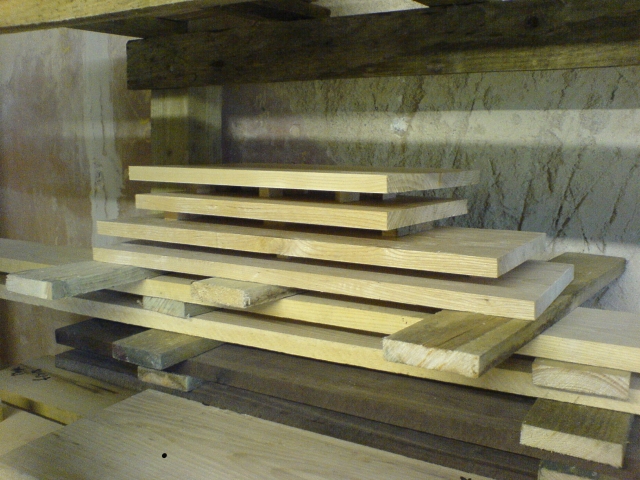First post, first question.
Having a n°5 (modern Record) and a LV LA block plane, i am now missing a jointer.
Having read reviews and posts on this topic i have settled for a LV BU jointer...
But i still feel uncomfortable, shouldn't it be a cheaper woodie one? ECE or ULMIA model, or even a homemade one?
Does the "fully stress-relieved, ductile cast iron body" means a flat sole that stays flat, forever flat?
Could you please, wise folk, help me justifying the decision that the reading of your posts have already influenced?
In short metal jointer versus wood jointer! :twisted:
Many thanks in advance.
Simon
Having a n°5 (modern Record) and a LV LA block plane, i am now missing a jointer.
Having read reviews and posts on this topic i have settled for a LV BU jointer...
But i still feel uncomfortable, shouldn't it be a cheaper woodie one? ECE or ULMIA model, or even a homemade one?
Does the "fully stress-relieved, ductile cast iron body" means a flat sole that stays flat, forever flat?
Could you please, wise folk, help me justifying the decision that the reading of your posts have already influenced?
In short metal jointer versus wood jointer! :twisted:
Many thanks in advance.
Simon







